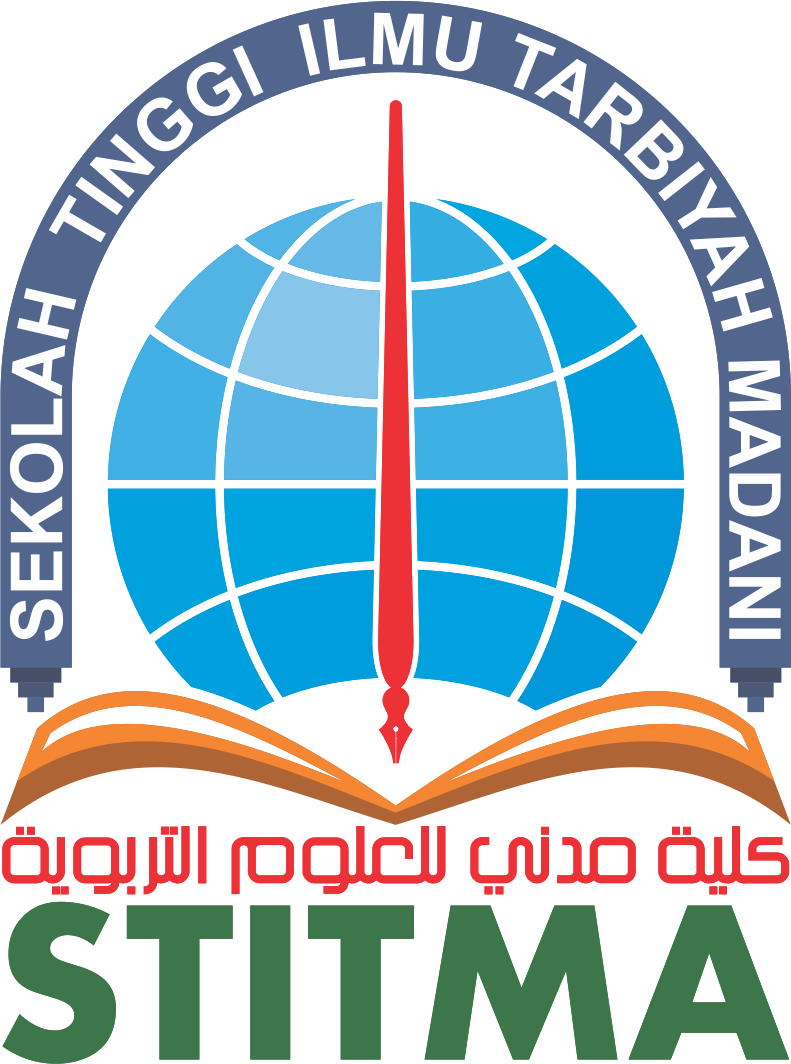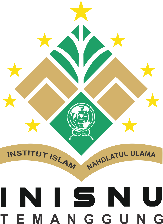Scientific perspective on rukyatul hilal: A case study of assalam kartasura sukoharjo observatory
DOI:
https://doi.org/10.59944/amorti.v3i2.293Keywords:
Rukyatul Hilal, Science, Technology, ObservatoryAbstract
In essence, rukyat is looking deeply to see whether the moon has undergone changes to indicate the change of the moon or not. With the advancement of the times, observations no longer only use manual binoculars but are supported by various adequate equipment, making it very easy to carry out observations. . Therefore, it is important for humanity to understand what an observatory is and its uses. This research uses qualitative methods supported by documentation and direct field research at the Assalam observatory in Sukoharjo, Central Java. The results of this research are the contribution of the Assalam Observatory in the implementation of rukyatul hilal in Indonesia. The Assalam Observatory is also the Secretary General of JOPI (Indonesian Planetarium Observatory Network) so its involvement in rukyatul hilal is beyond doubt. So far, the results of observations at the Assalam observatory are at 7-8 degrees every month.
References
Adi Suyudi. (2018). Bandung in the Development of Hisab and Rukyat in Indonesia.
Ardliansyah, M. F. (2022). Volume 01 No 01 , 2022 HISAB AND RUKYAT PERSPECTIVE OF HADITH AND ASTRONOMY (Study of the Rukyatul Hilal Concept in Determining the Beginning of the Qomariyah Month). 01(01).
Arkanuddin, M., & Ma, M. (2009). RUKYATUL HILAL INDONESIA (RHI) HILAL VISIBILITY CRITERIA (CONCEPT, CRITERIA AND IMPLEMENTATION) Mutoha Arkanuddin & Muh. Ma'rufin Sudibyo. 34–44.
BRAMASTARTYA, J. (2017). Observatory Overview.
Hadits.id. (n.d.). Bukhari Hadith No. 1774. https://www.hadits.id/hadits/bukhari/1774
Ministry of Religion, Q. (n.d.). QS.Yunus Verse 5. https://quran.kemenag.go.id/quran/per-ayat/surah/10?from=5&to=5
Mukhlas, S. (1829). HISAB FALAK AND RUKYAT HILAL: BETWEEN THE SCIENTIFIC MISSION AND THE CALL 7 $ · $ %% 8 '. 17.
Qulub, S. T. (2018). Integration of Astronomy in Astronomy at PTAI and Islamic Boarding Schools Introduction Astronomy is part of the treasure trove of knowledge in Islam. During the heyday, he succeeded in translating monumental works from the decline of the Islamic sultanate. Journal of Islamic Legal Thought and Reform, 21(2), 288–309.
Ministry of Religion Qur'an. (n.d.-a). Al-Baqarah Verse 189. https://quran.kemenag.go.id/quran/per-ayat/surah/2?from=189&to=286
Ministry of Religion Qur'an. (n.d.-b). Qs. Ar-Rahman verse 33. https://quran.kemenag.go.id/quran/per-ayat/surah/55?from=33&to=78
RI, K. (n.d.). KBBI Online "Observatorium" accessed on November 28 2023 at 20.09. https://kbbi.kemdikbud.go.id/entri/observatorium
Sakirman. (2017). The Controversy of Hisab and Rukyat in Determining the Beginning of the Hijri Month in Indonesia. ELFALAKY: Journal of Astrology, 1(1), 1–14.
Tono, S. (2007). Compromising Rukyat & Reckoning. Amythas Publicita.
Interview with Ustadz AR Sugeng Riadi, S.Pd., M. U. (2023). Interview with Ustadz AR Sugeng Riadi, S.Pd., M.Ud. on November 25, 2023.
Interview with Ustadzah Ratna on November 25, 2023. (2023).
Zaman, Q. (2015). Understanding the Meaning of Hilal According to Tafsir of the Qur'an and Science. Universum, 9(1), 103–115. https://doi.org/10.30762/universum.v9i1.78





























